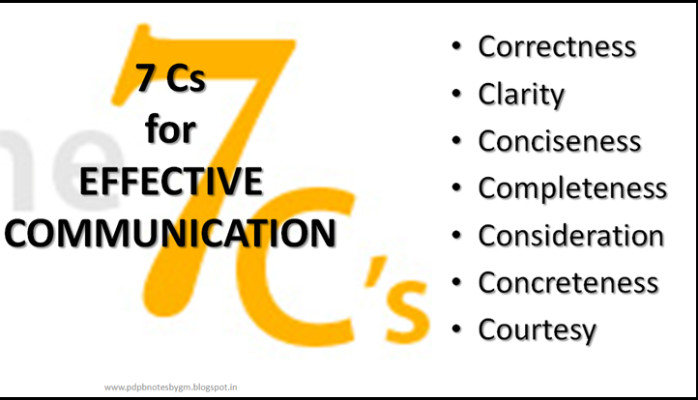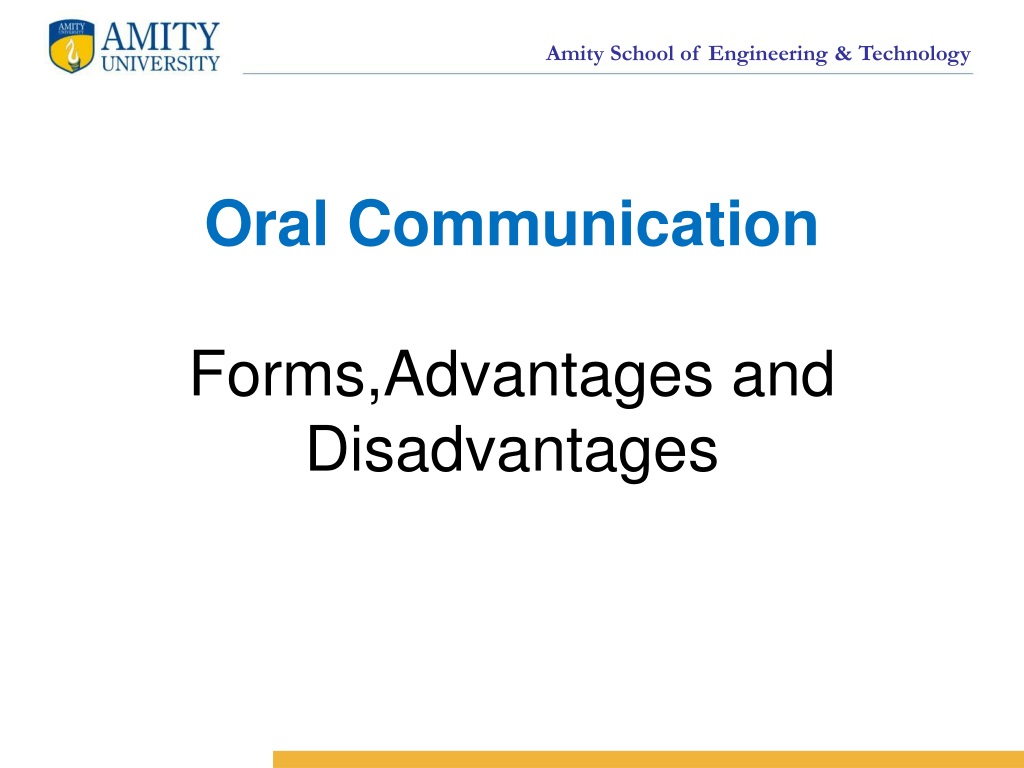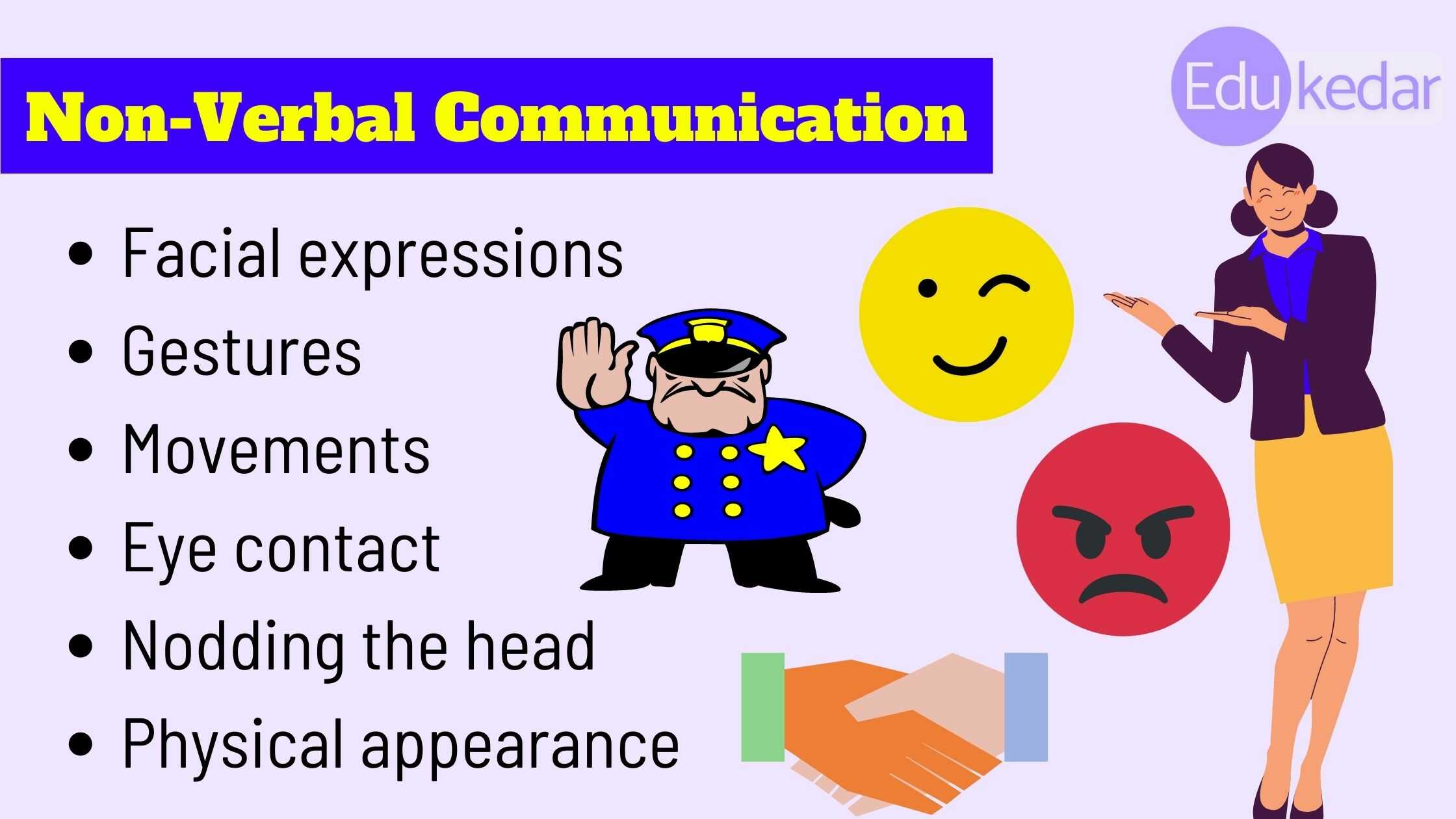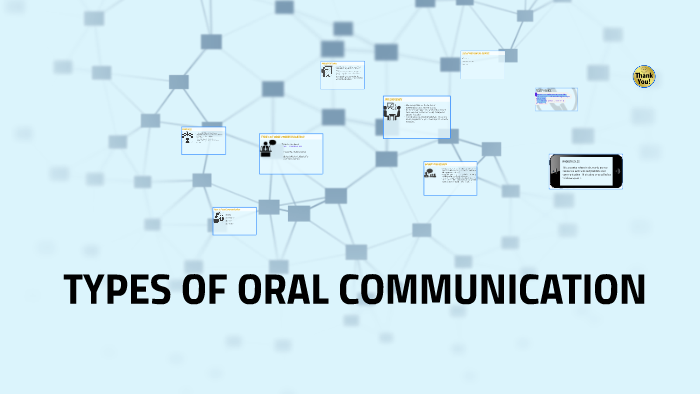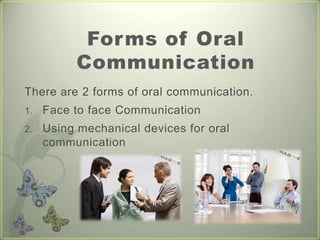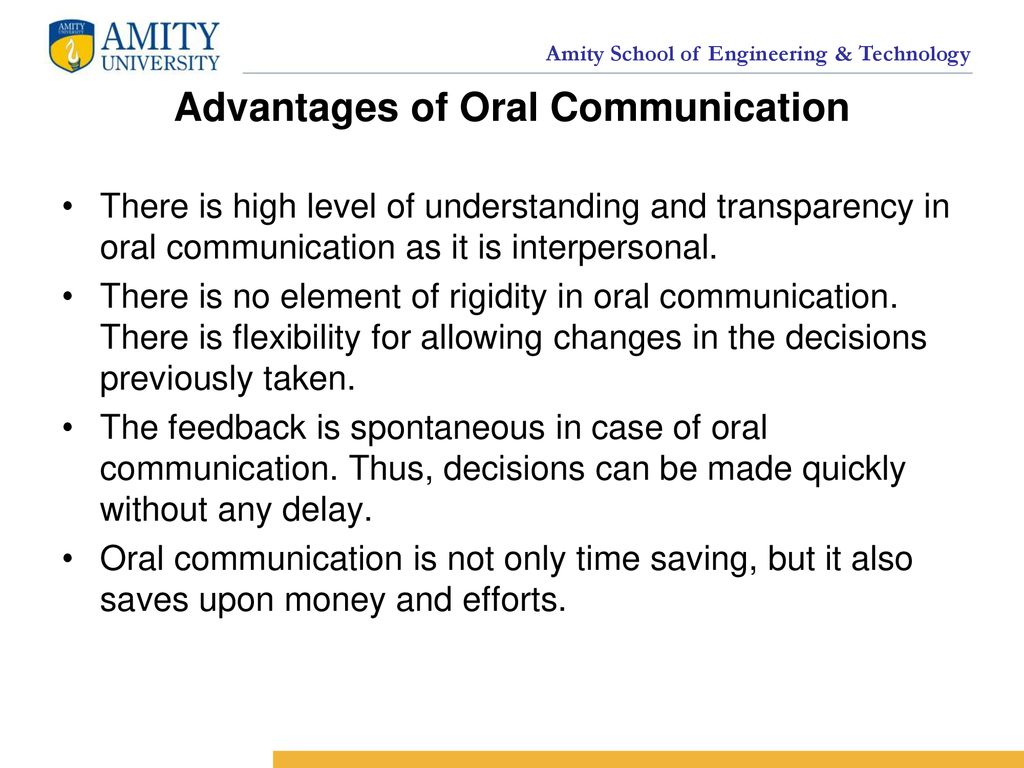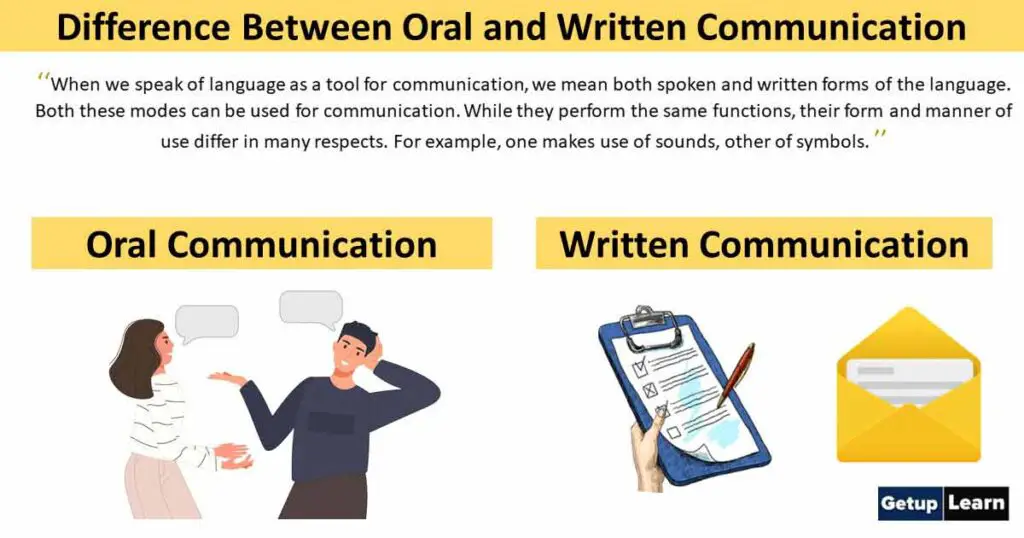Oral communication refers to the exchange of information, ideas, and thoughts through speech. It is a fundamental aspect of human interaction and plays a crucial role in our daily lives. There are various forms of oral communication, each with its own unique characteristics and purposes.
One form of oral communication is conversation. Conversation is a casual exchange of information between two or more people. It is a primary means of social interaction and can be formal or informal. Conversation can take place face-to-face, over the phone, or through a video call. It allows people to build relationships, express themselves, and exchange ideas and opinions.
Another form of oral communication is public speaking. Public speaking refers to the act of speaking to a group of people in a formal setting, such as a conference, presentation, or lecture. Public speakers use various techniques, such as voice projection, body language, and rhetorical devices, to engage and persuade their audience. Public speaking requires confidence, clarity, and the ability to structure and deliver a message effectively.
Oral communication also includes verbal communication in the workplace. In a professional setting, oral communication is often used to convey information, give instructions, or provide feedback. It can take the form of meetings, presentations, or one-on-one discussions. Effective oral communication in the workplace requires clear and concise language, good listening skills, and the ability to adapt to the needs of the audience.
Another form of oral communication is storytelling. Storytelling is the art of narrating a story, either in written or oral form. It is a powerful tool for conveying messages and emotions, as it allows listeners to connect with the story on a deeper level. Storytelling can be used to entertain, educate, or inspire. It can be performed in front of an audience or shared in a more informal setting.
Lastly, oral communication also includes nonverbal communication. Nonverbal communication refers to the way we communicate through body language, gestures, and facial expressions. It is a crucial aspect of oral communication as it can convey emotions and meaning beyond words. Nonverbal communication can be conscious or unconscious, and it can have a significant impact on the way a message is received and understood.
In conclusion, oral communication takes many forms and serves various purposes. It is a vital skill for building relationships, expressing oneself, and exchanging information. Whether through conversation, public speaking, verbal communication in the workplace, storytelling, or nonverbal communication, oral communication is a fundamental aspect of human interaction.
